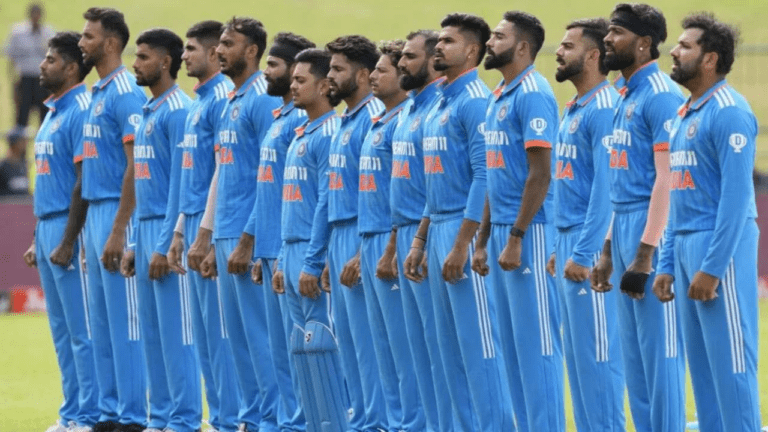The Growth of Women’s Cricket: A Parallel to IPL
Reddy Anna Book, Reddy Book Club: In the early days, women’s cricket struggled for recognition and opportunities. The sport was often overshadowed by men’s cricket, with limited resources and support available for female players. Despite the challenges, women with a passion for the game continued to push boundaries and pave the way for future generations.
As time progressed, women’s cricket began to gain momentum and recognition on a global scale. More investment was made in infrastructure and training programs, allowing female players to showcase their skills and talents on the international stage. The introduction of major tournaments and leagues provided women with greater exposure and opportunities to compete at a high level, leading to increased interest and participation in the sport.
Historical Context of Women’s Cricket
Women’s cricket has a rich history that dates back to the late 18th century when women first started playing the sport in England. Initially, women’s cricket was seen as a recreational activity and was not taken seriously by society. However, as more women began to participate in the sport, it started gaining recognition and popularity.
In the early 20th century, women’s cricket saw significant growth, especially during and after World War I. The war played a crucial role in the development of women’s cricket as it provided women with more opportunities to showcase their skills and talent on the field. Despite facing numerous challenges and stereotypes, women continued to push boundaries and pave the way for future generations of female cricketers.
Challenges Faced by Women’s Cricket
In recent years, one of the main challenges faced by women’s cricket is the struggle for equal pay and recognition compared to their male counterparts. Despite the growing popularity and success of women’s cricket, there is still a significant disparity in pay and resources allocated to women’s teams, perpetuating gender inequality within the sport.
Another challenge that women’s cricket faces is the lack of mainstream media coverage and exposure. While men’s cricket receives extensive media attention and coverage, women’s games often struggle to secure airtime and publicity, limiting the visibility and growth of the sport among audiences worldwide. This lack of exposure not only hinders the development of women’s cricket but also perpetuates stereotypes and prejudices against female athletes.







